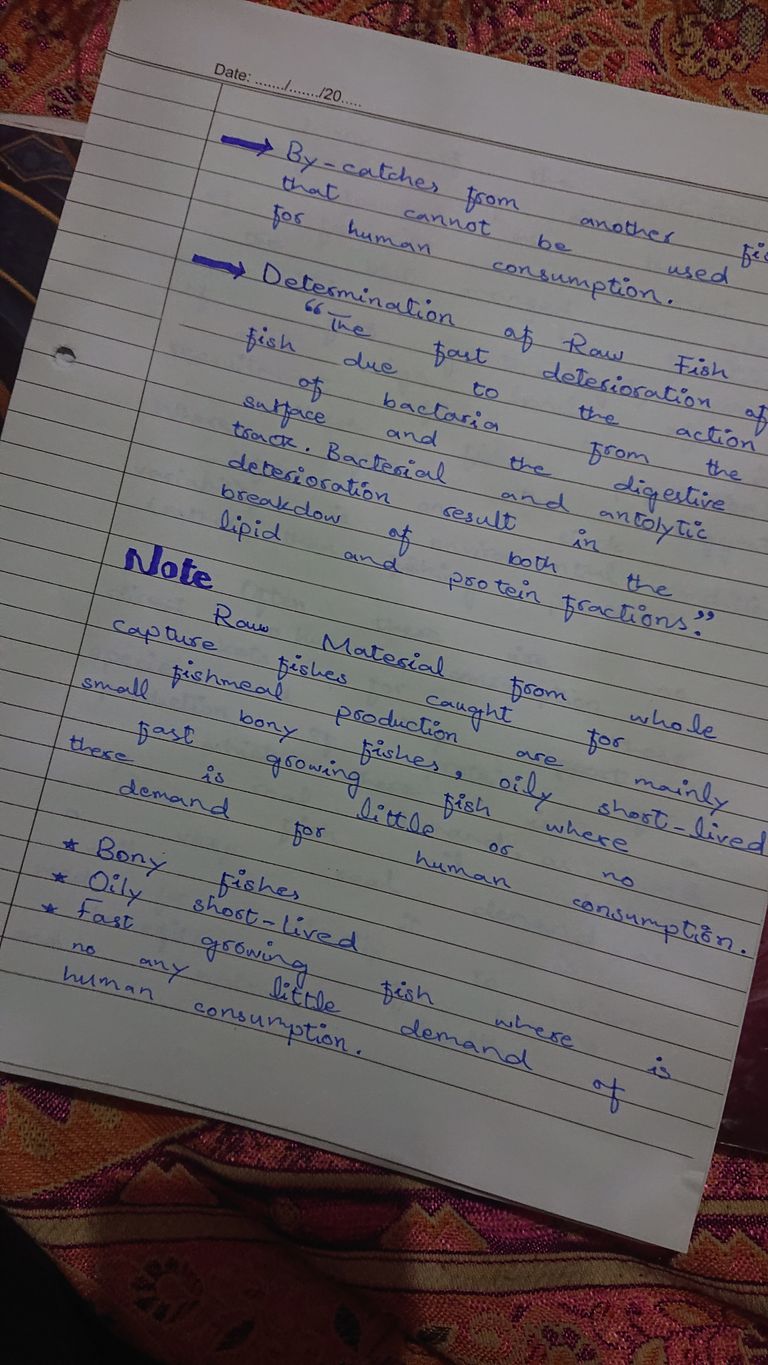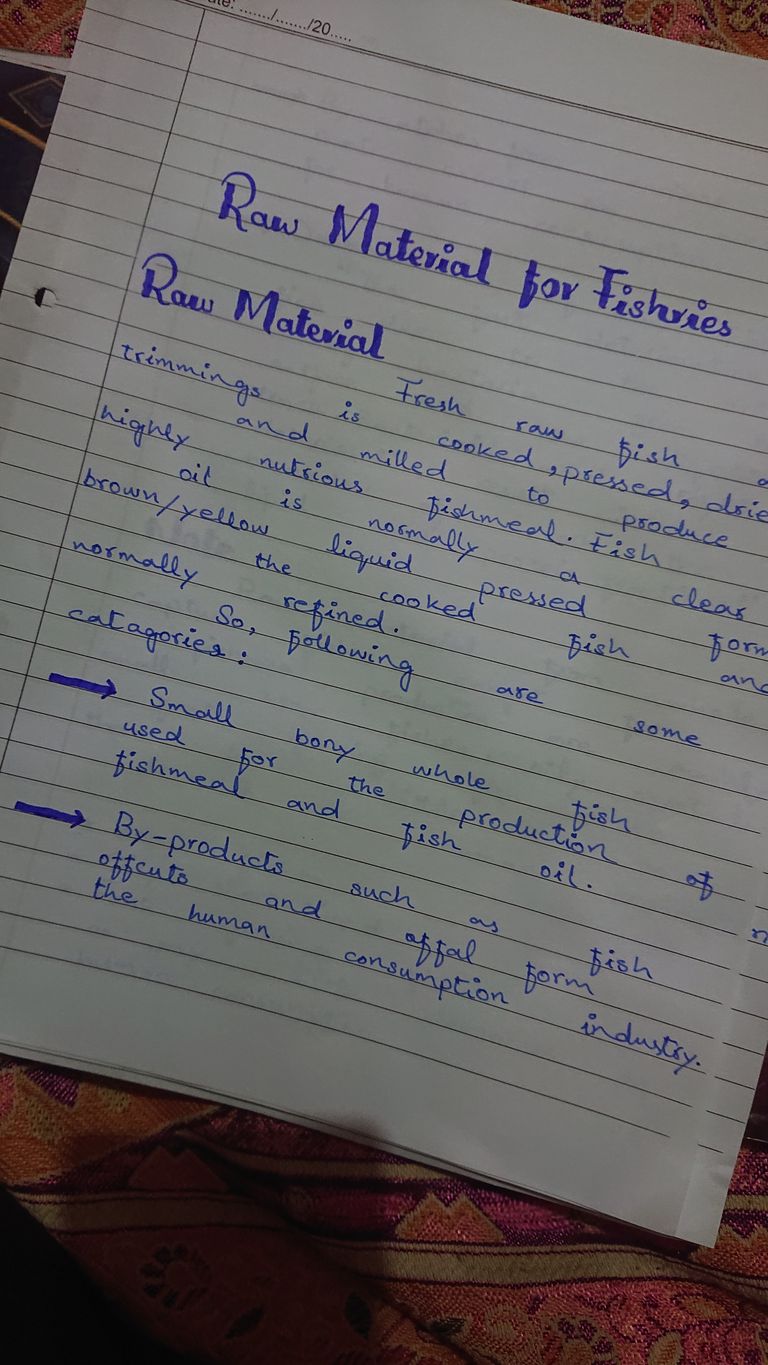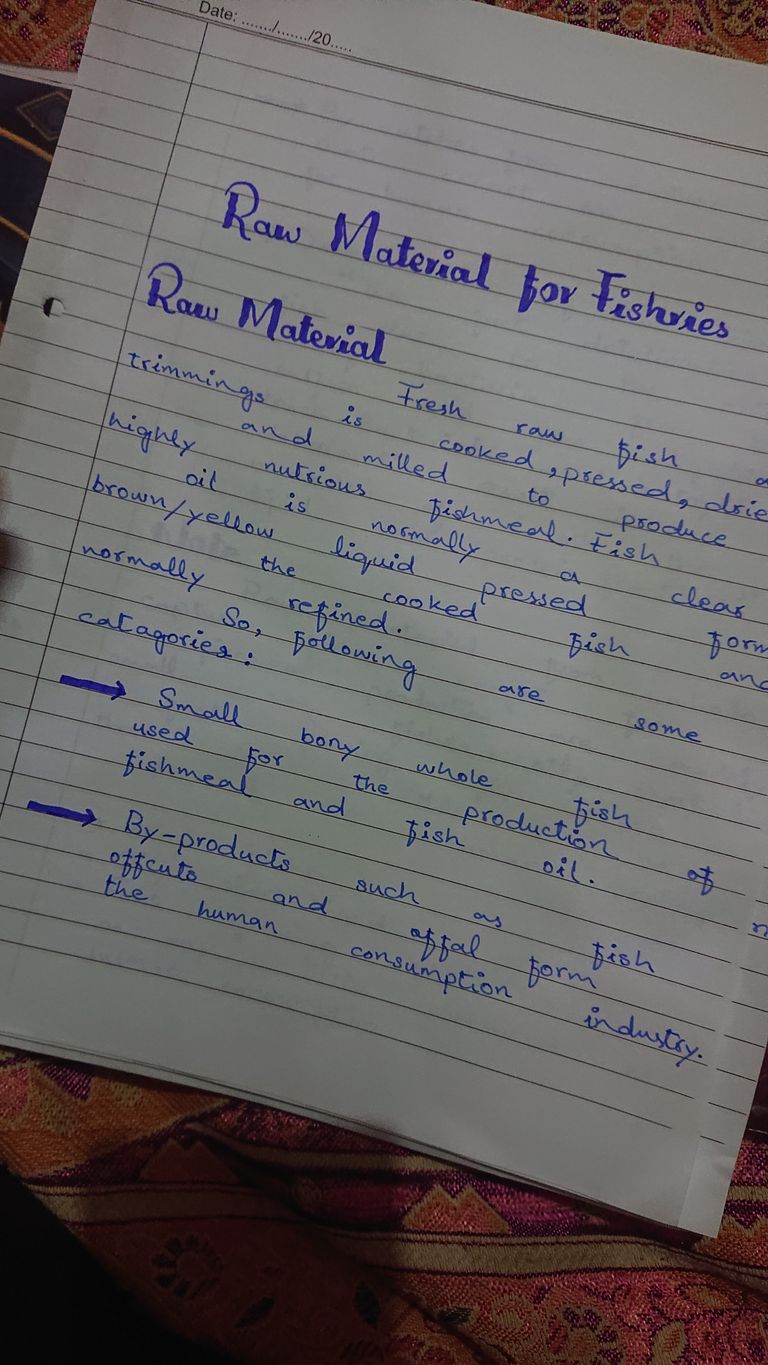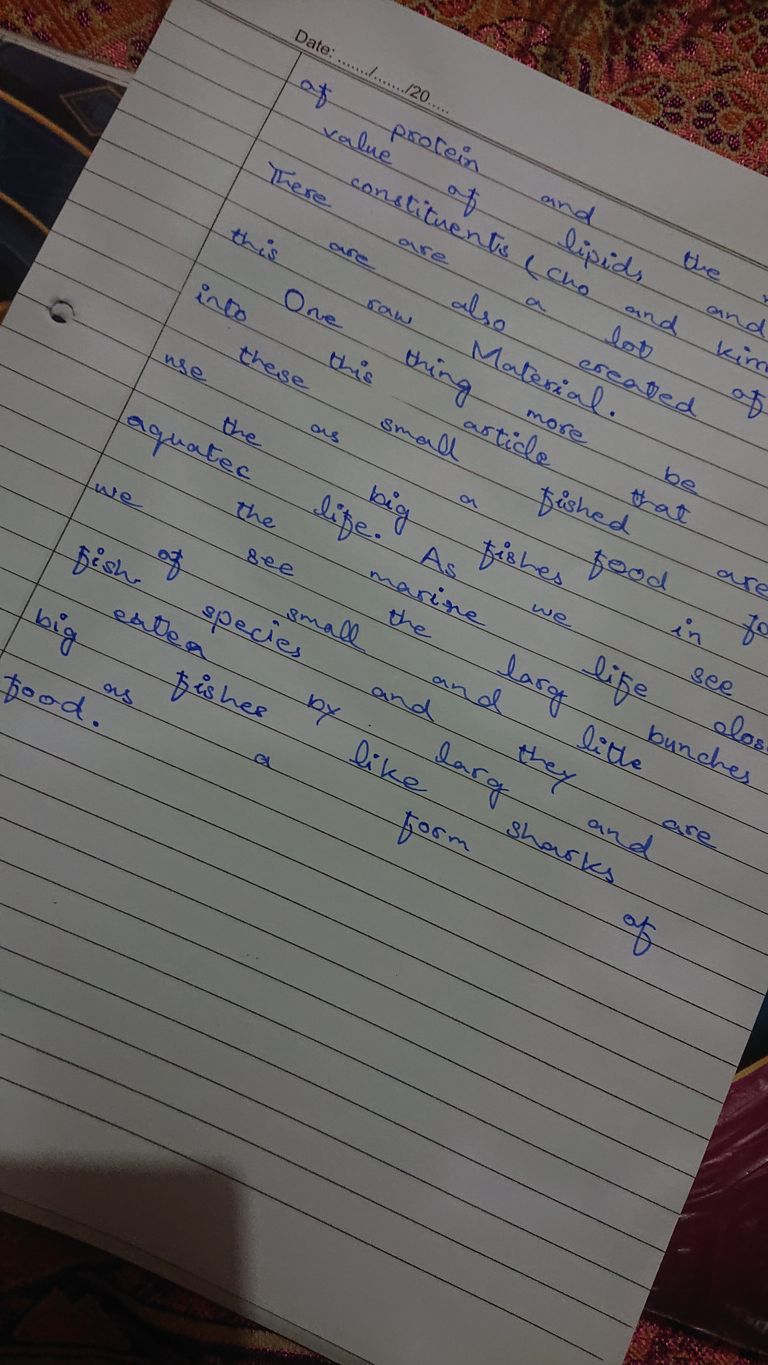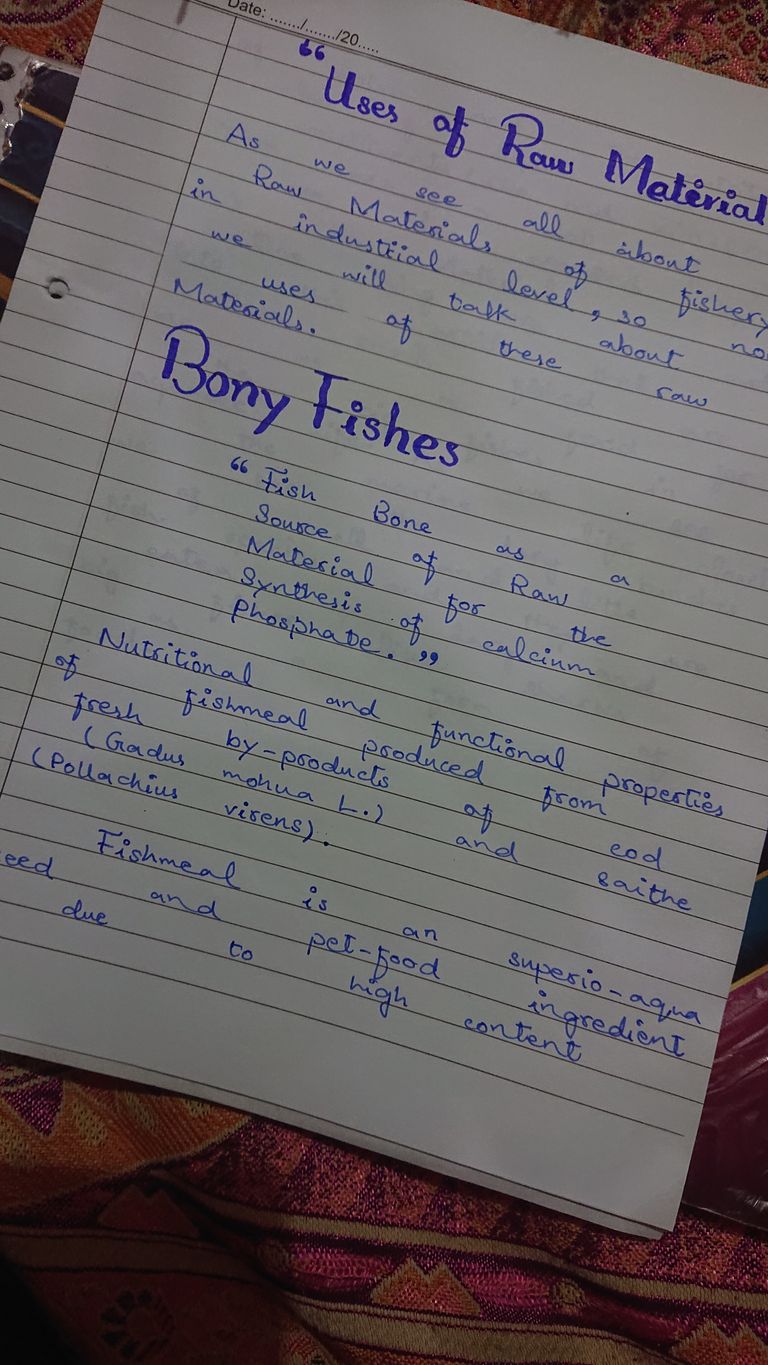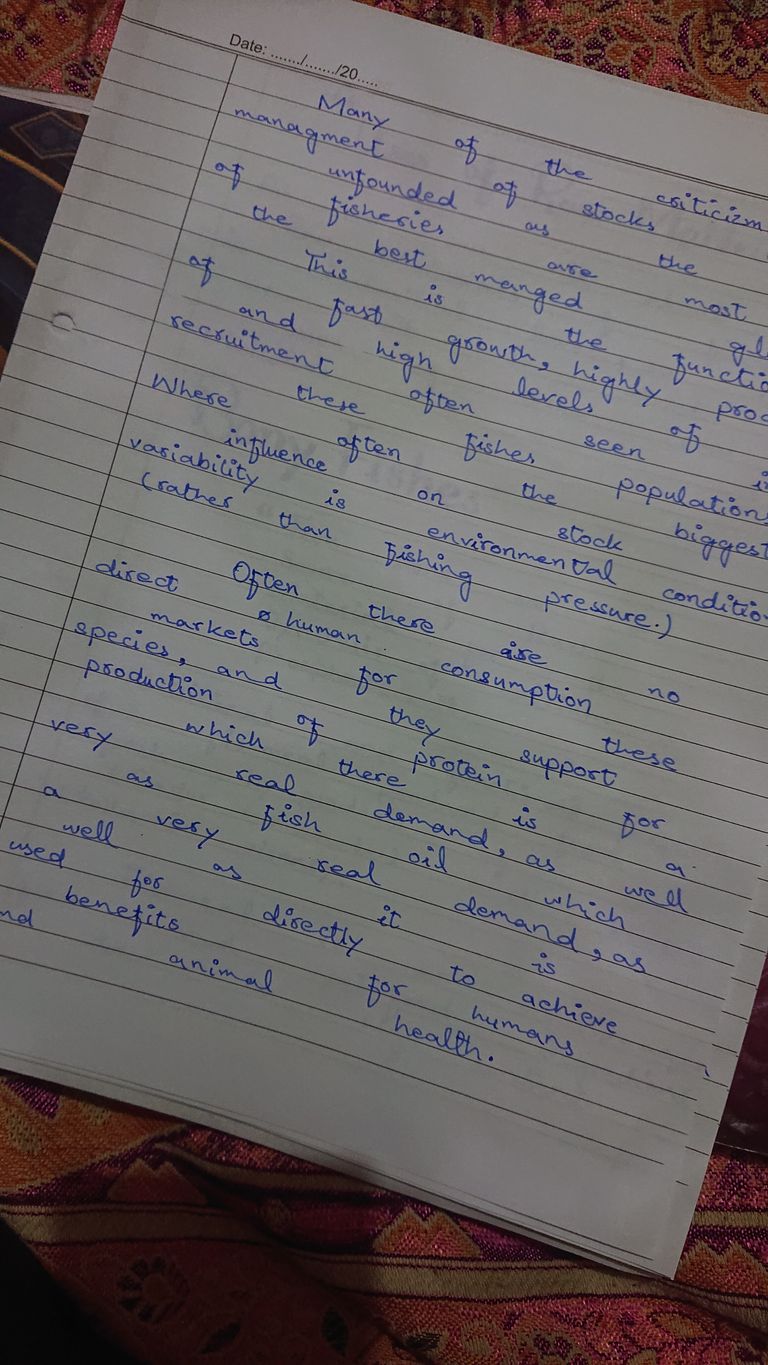Abstract
Fresh by-products of whitefish such as cod and saithe is processed to fishmeal (FM) on-board seagoing Norwegian trawlers. The aim of this study was to document the properties of whitefish FM (WFM) protein with respect to, physicochemical and bioactive properties. Analysis of the proximate composition of representative seasonal WFM batches show that the production is robust without much variance. The mean protein (61.9 ± 1.2), fat (8.9 ± 1.1%), moisture (5 ± 1.2%) and ash content (22.4 ± 0.8%), reflect the use of lean and bony raw-material. The WFM has a low content of free amino acids (0.7%) and biogenic amines (< 1000 mg/kg) that confirm the high quality and freshness of the raw material. Amino-acid analysis identified the presence of all nutritionally essential amino acids. The WFM physicochemical properties was comparable to soy-bean meal (SBM) by analysis of solubility, water-holding capacity (WHC), the emulsion stability (ES).
Proteolytic degradation of the WFM was used to demonstrate the presence of bioactive peptides with inhibiting activity against angiotensin-converting enzyme (ACE) activity, in vitro. Taken together, WFM produced from fresh by-products is an excellent protein source with attributes of interest beyond the aquafeed-market.
Previous articleNext article
Keywords
Food scienceFood analysis
- Introduction
Fishmeal is an superior aqua-feed and pet-food ingredient due to the high content of protein and the nutritive value of lipids and other constituents (Cho and Kim, 2011). However, a stagnation of the global capture fisheries concurrent with the increased demand by the current aquaculture growth, limit the FM availability, drive the price and force the feed-industry to utilize FM sources more efficiently (Olsen and Hasan, 2012). The promising exploration of novel and cheaper proteins from insects and plants also contributes to a more unpredictable future market for FM producers (Olsen and Hasan, 2012). Norway is a major provider of whitefish originating from well-managed and stable sources of wild-caught species such as cod (Gadus morhua), saithe (Pollachius virens) and haddock (Melanogrammus aeglefinus). The fish is processed by heading and gutting (HG) or filleting of the fresh fish on-board modern sea-going trawlers resulting in the production of fish offcuts and offals as by-products. Less than 45% of the available whitefish by-products are currently utilized for production purposes (Olafsen et al., 2014). However, compact FM factories are now implemented in newly contracted trawling vessels to enable conversion of fresh by-products to WFM. The WFM is produced on-board by cooking, pressing and drying of fresh by-products. On the contrary to the land-based FM industry, the press-liquid (stickwater) containing water-soluble proteins is currently not utilized due to space constraints and the energy cost of evaporation, resulting in a pure press-cake FM (Hall, 2010). The Common Fisheries Policy (CFP) reforms agreed by the European Union ministers include a discard ban where fishers will be required to land all fish. This landing obligation include all the by-products and are expected to be implemented by the CFP by 2019 (European Commission, 2013) hence forcing the industry to find better economical solutions to improve the current marginal profit of costly WFM production at-sea. The WFM has been approved for human consumption by Norwegian authority but is mainly sold as a moderately priced commodity product. The combined effects of population increase and increasing standards of living in developing countries are expected to create a high demand for animal-derived protein by 2050 (FAO, 2006). Thus new initiatives will be required to produce the necessary quantities of high quality (Boland et al., 2013). An important contribution to future protein nutrition of man could be helped by shifting marine protein up the value-chain to produce nutritious and health-promoting ingredients (Boland et al., 2013; Cashion et al., 2017). In concordance with the growing documentation of functional- and health-promoting properties of marine proteins and peptides of different sources the exploration of WFM as a protein source for the human consumption market seem mature (Ahn and Kim, 2013; Brooks et al., 2013; He et al., 2013). Better documentation of the WFM as a protein source could facilitate the development of new products and increase the profit margins for utilization of by-products (Brooks et al., 2013). Proteins from marine sources have promising properties as functional ingredients due to their physicochemical ability to promote film and foam formations, induce gel forming, adsorb oils and promote emulsification and bind water (Lordan et al., 2011). Gelatin isolated from collagene-rich, marine material, is for instance used as a food additive to increase the texture, water-holding capacity and stability in food products (Lordan et al., 2011). The current work therefore focus on the characterisation of chemical and physiochemical properties to extend the knowledge of WFM as a protein product. The WFM was analysed with respect to chemical quality parameters, amino-acids profiles and selected physiochemical properties like water holding capacity (WHC), emulsifying stability (ES) and solubility. The biological activity of WFM protein hydrolysates was analysed for inhibiting effect on the angiotensin-converting enzyme (ACE) before and after proteolysis.
